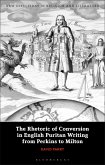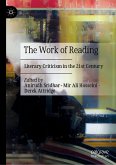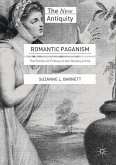"Offering a fresh, nuanced reading, Jason Gulya argues that the death of allegory during the Enlightenment has been greatly exaggerated. He illustrates how writers adapted allegory, a genre he sees as supple enough to accommodate the new and experimental ways of understanding the world that characterizes Enlightenment thinking and writing."
-Sharon Harrow, Professor of English at Shippensburg University of Pennsylvania, USA.
This Palgrave Pivot argues for the significance of allegory in Enlightenment writing. While eighteenth-century allegory has often been dismissed as an inadequate form, both in its time and in later scholarship, this short book reveals how Enlightenment writers adapted allegory to the cultural changes of the time. It examines how these writers analyzed earlier allegories with scientific precision and broke up allegory into parts to combine it with other genres. These experimentations in allegory reflected the effects of empiricism, secularization and a modern aesthetic that were transforming Enlightenment culture. Using a broad range of examples - including classics of the genre, eighteenth-century texts and periodicals - this book argues that the eighteenth century helped make allegory the flexible, protean literary form it is today.
¿Jason J. Gulya is Professor of English at Berkeley College, USA, where he teaches courses on literature, composition, film, and the humanities more broadly. Over the last decade, he has taught at Berkeley, Rutgers University, Raritan Valley Community College, and Brookdale Community College. As a professor, he has earned various prestigious awards, including his college's Faculty of the Year Award for Excellence in Teaching in 2020 and Rutgers University's Dissertation Teaching Award in 2015.
Dieser Download kann aus rechtlichen Gründen nur mit Rechnungsadresse in A, B, BG, CY, CZ, D, DK, EW, E, FIN, F, GR, HR, H, IRL, I, LT, L, LR, M, NL, PL, P, R, S, SLO, SK ausgeliefert werden.
Hinweis: Dieser Artikel kann nur an eine deutsche Lieferadresse ausgeliefert werden.









